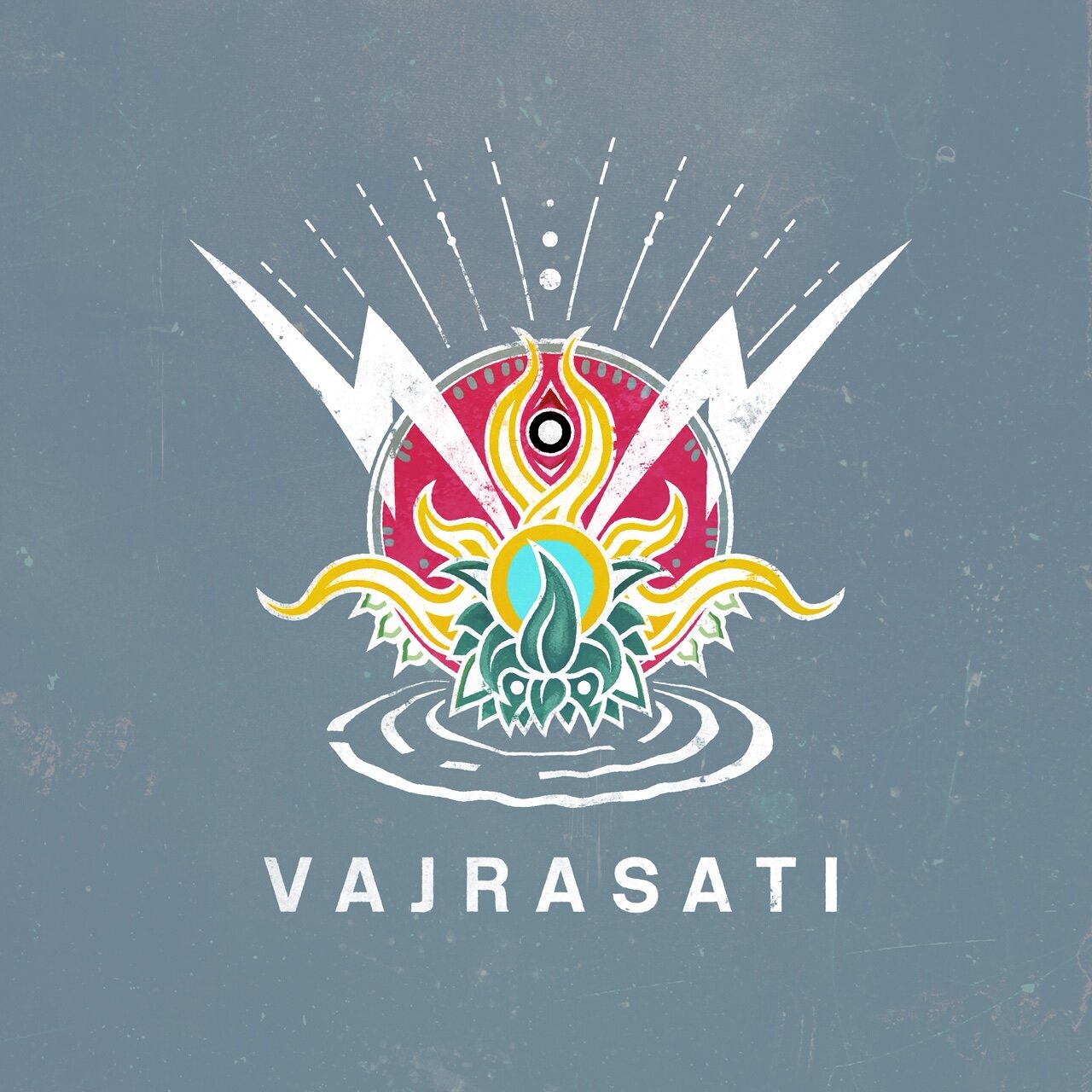Uṣṭrāsana - Camel Pose
(oosh-TRAHS-anna)
Uṣṭra = camel
This challenging asana stretches the front of the body: the ankles, thighs and groins, abdomen, chest, and throat. It also strengthens the back, improves posture and stimulates the abdomen.
Bring yourself onto your knees ‘standing’, with the knees shins and feet on the floor, with your knees no wider apart than the width of your hand from index finger to little finger.
Place your hands on your hips with the thumbs behind and fingers in front.
Simultaneously draw your lower abdominals in and lift your waist by pulling up your chest.
Start to arc backwards, pivoting from every vertebrae in the back, working up from the lumbar, drawing in and up every bone from the one below.
Pivot strongly from the upper back, lifting the chest up and over and releasing your hands to reach for your feet behind you.
Drive the upper back in deeply and keep height and lift in the spine so that it moves in and up and over with equal priority.
Let the head follow the in, up and back movement, assisting your efforts to keep it long and uncompressed.
You might need to allow the legs to lean back a little to reach your feet with your hands.
Place your hands on your feet with your fingers facing the same direction as your toes and use the contact as further impetus to dive in your upper back.
Deepen your shoulder blades and continue to drive the upper back in deeper, pulling the chest over.
Keep as much length and lift in your lower back as possible.
Stay for five to ten breaths or up to 30 seconds, breathing freely throughout.
Come up by bringing your head forwards on an in breath and the rest of the body on the out.
Contraindications
If you are pregnant see a teacher for further advice.
People suffering from inflamed sacroiliac joint should abstain from practice until the inflammation has passed and then consult an experienced teacher.
Further advice
If the lower back feels pinched, the focus should be to draw in and up from the point where the pressure is felt to drive the work up the back.
The pelvic floor should be lifted up (mulah bandha) and the tail bone drawn in throughout the pose to support the back the lift action this will help prevent uncomfortable sensations arising from compression between the vertebrae.
The core muscle of the abdominal sheath should be developed to support the pose.
The movement should start at the hip joints and proceed from there upwards.
The hands can be lowered to blocks instead of the floor.

